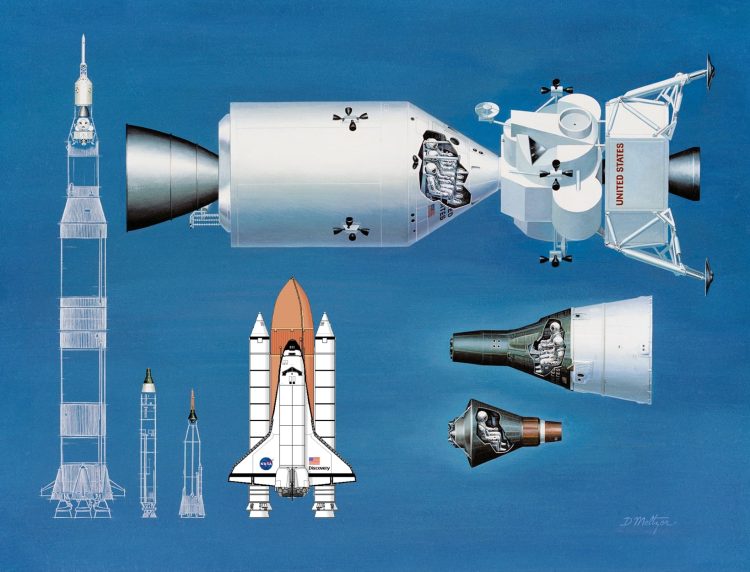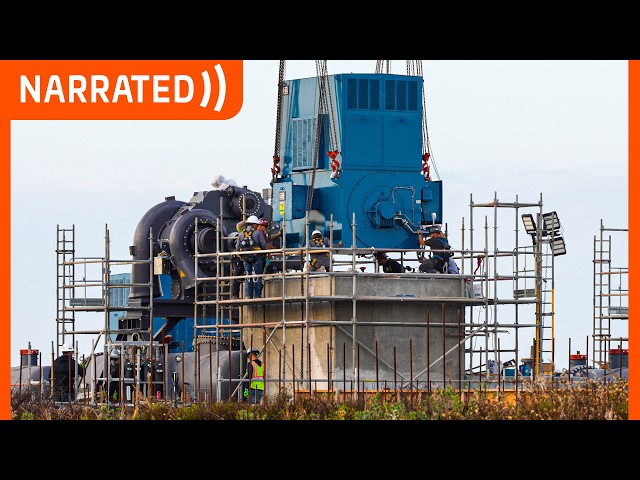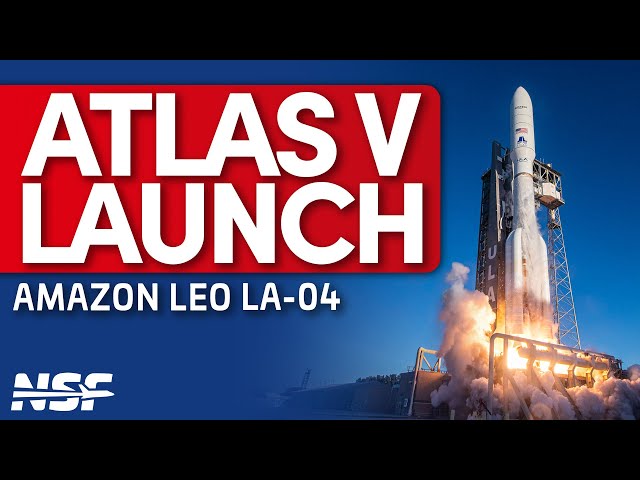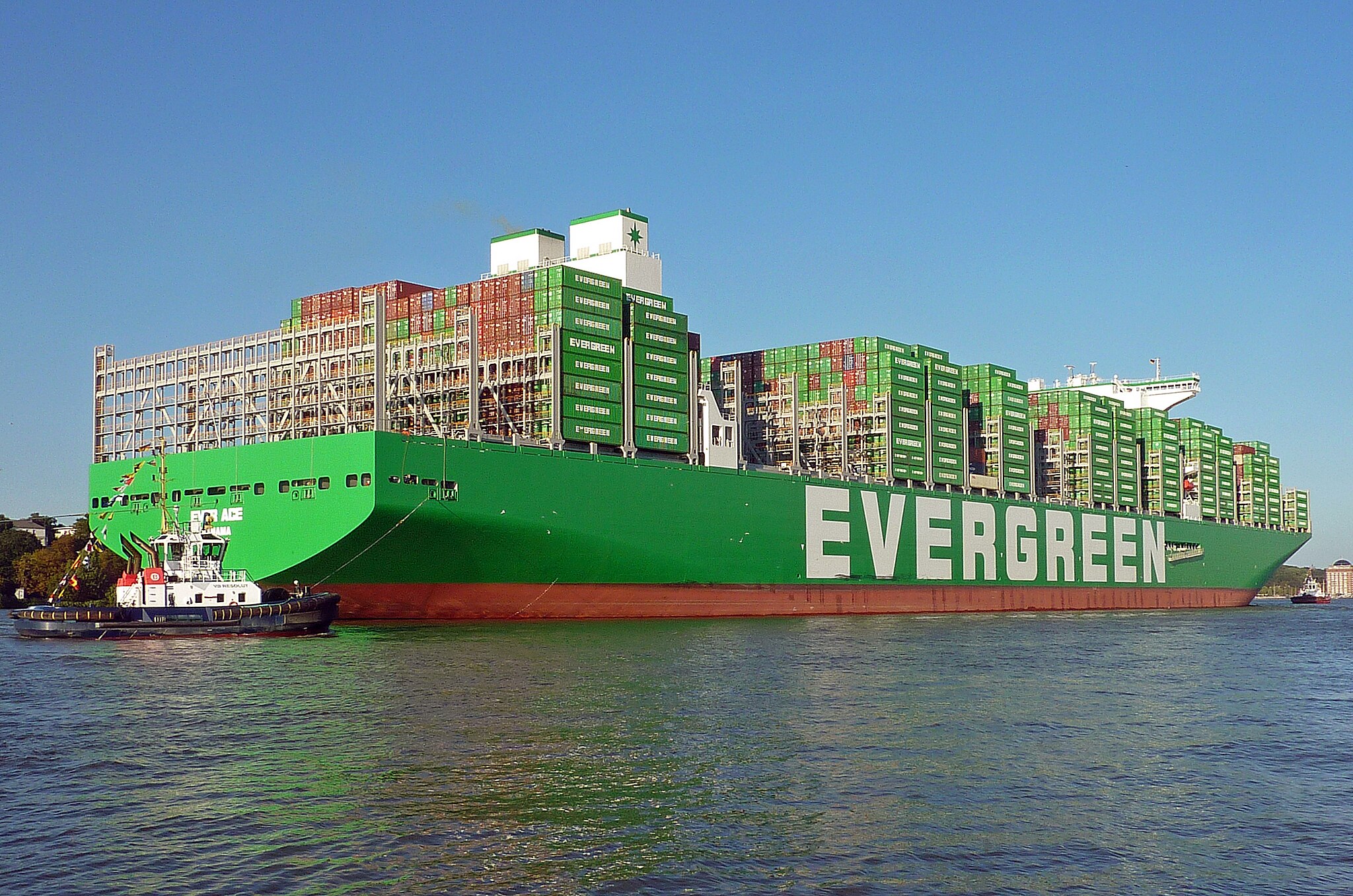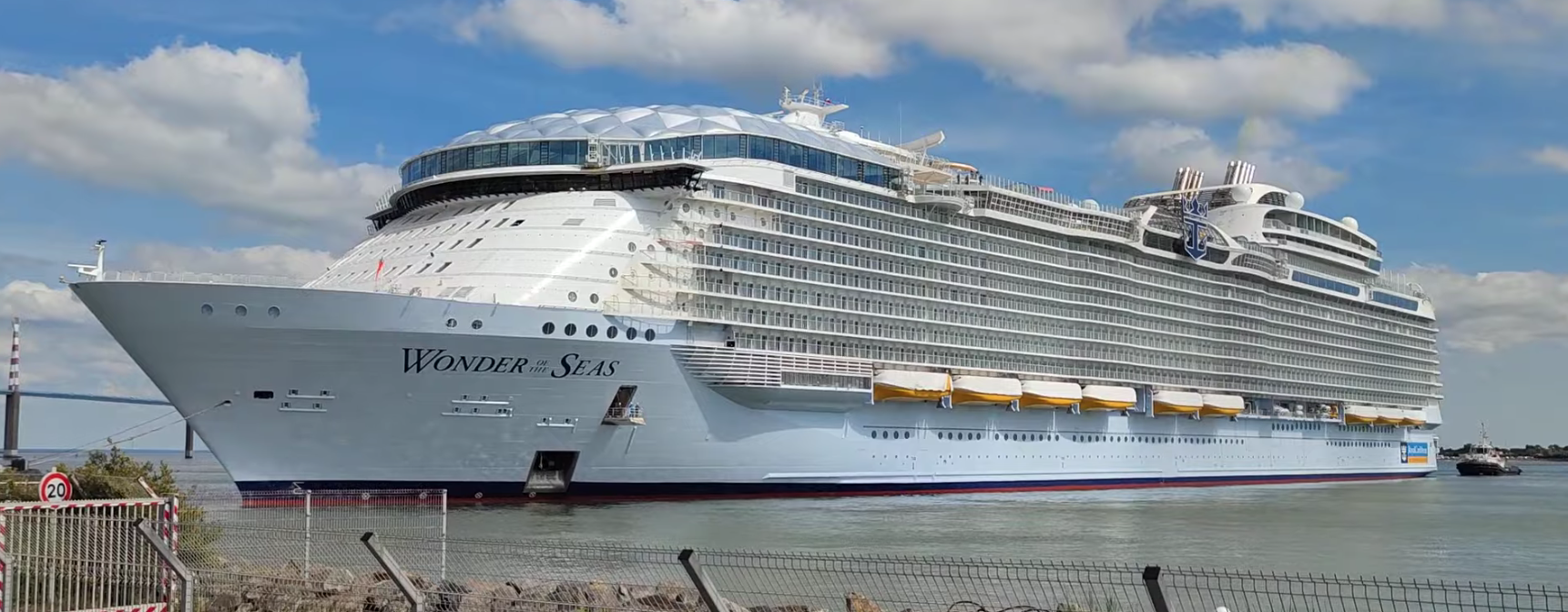The Early Days: Rockets and Satellites
In the early days of space exploration, the main focus was on developing rockets that could carry payloads into space. The first successful launch of a rocket into space occurred on October 4, 1957, when the Soviet Union launched the satellite Sputnik.
This event marked the beginning of the Space Age and initiated a race between the United States and the Soviet Union to further explore space.
The Moon Landing and Beyond
On July 20, 1969, the world watched in awe as the Apollo 11 mission successfully landed astronauts Neil Armstrong and Buzz Aldrin on the Moon. This historic event demonstrated the capabilities of human space travel and opened up possibilities for further exploration in the solar system.
In the following decades, numerous spacecraft were developed to study other planets, moons, and asteroids. Missions such as Voyager, Mars rovers, and the Hubble Space Telescope provided valuable data about our celestial neighbors.
The Shuttle Era
The space shuttle program, initiated by NASA in 1972, aimed to create a reusable spacecraft that could transport astronauts and payloads into space.
The first space shuttle, Columbia, made its maiden flight on April 12, 1981. Over the course of three decades, the space shuttles completed 135 missions, including the deployment of satellites, construction and servicing of the International Space Station (ISS), and scientific experiments in microgravity.
Private Spaceflight and New Technologies
In recent years, private companies such as SpaceX and Blue Origin have made significant advancements in space exploration.
SpaceX, founded by entrepreneur Elon Musk, developed the Falcon 9 rocket and Dragon spacecraft, which are capable of delivering cargo and crew to the ISS.
Blue Origin, headed by Amazon founder Jeff Bezos, has focused on developing reusable rockets and spacecraft to make space travel more affordable and accessible.
Another notable development in spacecraft technology is the concept of warp drives. Although still in the realm of science fiction, scientists have been exploring the possibilities of faster-than-light travel through the concept of warping spacetime.
While we are yet to see spacecraft equipped with warp drives, ongoing research and technological advancements continue to push the boundaries of space exploration.
The Future of Spacecraft
As we look to the future, there are several exciting developments on the horizon. NASA’s Artemis program plans to return humans to the Moon by 2024, with the goal of establishing a sustainable presence on the lunar surface.
Space agencies and private companies are also working towards sending humans to Mars, with Mars colonization becoming a possibility within the next few decades.
Conclusion
The evolution of spacecraft from rockets to warp drives has been a fascinating journey of human ingenuity and exploration. From the early days of satellites to the moon landing and the space shuttle era, we have made significant progress in our understanding of the universe.
As private spaceflight and new technologies continue to emerge, the future of spacecraft looks promising. Whether it’s the realization of warp drives or the colonization of other planets, we can expect to see even more remarkable advancements in the years to come.
